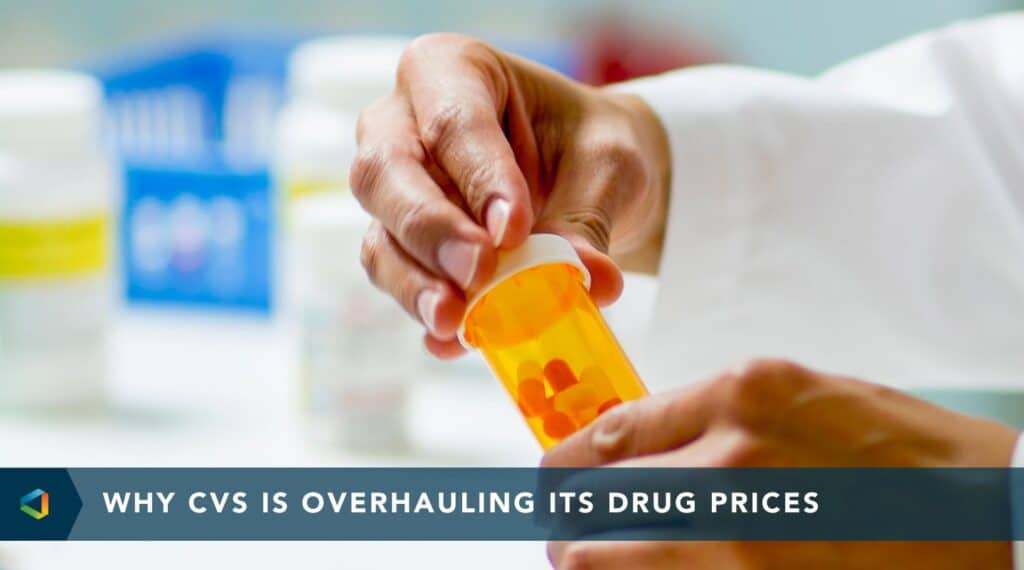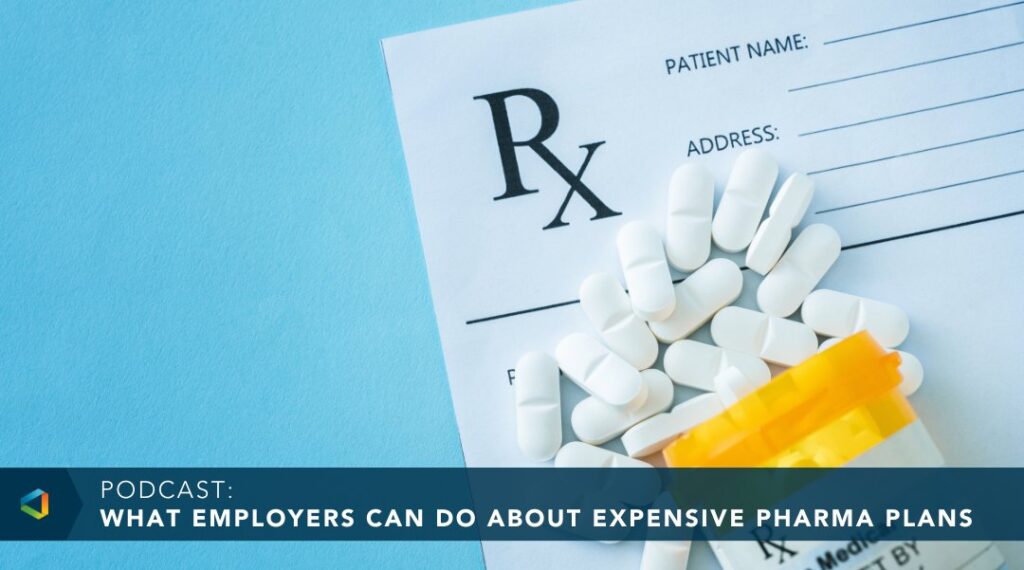Better Benefits, Lower Costs
Flipping the Scripts: 5 Key Insights About Blue Shield's Pharma Industry Shakeup
Flipping the Scripts: 5 Key Insights About Blue Shield's Pharma Industry Shakeup
Blue Shield of California, a nonprofit health plan with nearly 5 million members, has announced a radical plan to jettison its legacy pharmacy benefit manager. Here's what their decision could mean for the future of healthcare in America.
CVS Caremark just lost a major customer - sort of. In a move that The Wall Street Journal described as “ripping up the playbook,” Blue Shield of California has limited their involvement with Caremark to the handling of specialty drug services only, devolving all other pharmacy plan responsibilities to a suite of alternative vendors such as Amazon Pharmacy and Mark Cuban's Cost Plus Drug Company.
Blue Shield believes that this shift away from the status quo could net $500 million in annual savings, or between 10 and 15% of their current pharmacy expenditures. If true, this would create ripple effects throughout the entire pharmaceutical industry.
Pharmacy Benefit Managers (PBMs) such as Caremark have been increasingly scrutinized for their opaque and complex role in prescription drug spending in America, which saw a 200-fold increase from 1967 to 2021. It is important for industry observers to understand the possible ramifications of this decision and its potential impact on the employer pharmacy benefit landscape. Below, we've compiled a roundup of five key questions and insights about Blue Shield's bold play:
1. What is the current play to manage uncontrollable drug costs?
The three largest PBMs, who together own over 80% market share, have spent the past few decades pushing a “volume is value” strategy that focuses heavily on industry consolidation. This reduction of vendor choice has pushed most employers towards using one of these "big three" PBMs, who they trust to provide best-in-class pricing to combat rising drug costs. Unfortunately, this volume-first playbook has failed to control pharmaceutical pricing, and the industry continues to be overwhelmed with high-cost drugs. The Blue Shield of California announcement to leave CVS Caremark is significant because it is the first large plan to pivot away from the conventional PBM model in favor of a novel solution.
2. How much can we expect this change to disrupt the broken pharma system?
To be determined. Blue Shield's new setup aims to increase transparency in tackling unsustainable drug costs, but the change may not be as significant as you think. Blue Shield will still be using a PBM to negotiate drug pricing, and the plan's specialty pharmacy will still be managed by Caremark. Blue Shield's idealistic vision hopes that access to more non-specialty distribution channels in the marketplace will reduce the number of misaligned incentives surrounding pharmacy benefit managers and ultimately lead to lower drug prices for consumers. On the other hand, skeptics say that volume will continue to be the value play, and that the broken system will be largely untouched by Blue Shield's experiment.
3. Is it likely other carriers will follow Blue Shield's lead?
Major carriers are likely to hold off until market dynamics indicate that such a move would clearly be in their best interest. Integration of pharmacy benefit management under a single provider is beneficial to plan sponsors because it reduces their administrative burden and reporting challenges. While Prime Therapeutics will be handling the drug-pricing contracts, the PBM is no stranger to other state Blue Cross Blue Shield companies - in fact, Prime is collectively owned by 19 BCBS plans.
4. Will this really lower costs for consumers?
This is doubtful in the short term. Introducing more players into the delivery of pharmacy benefits causes greater operational lift and administrative challenges, not to mention a potentially negative impact on the patient experience. Lower costs may be achieved with more direct partners such as Mark Cuban Cost Plus and Amazon. However, Caremark will continue to distribute specialty medications for Blue Shield, which easily represents the top cost driver for all employer plans at over 50%. Modest savings may or may not trickle down to consumers of certain medications, but the cost of additional administrative burdens could diminish the impact of any returns.
5. Are there potential problems with Blue Shield's new setup?
Accountability is the key here. Blue Shield's alternative model is projected to secure 15% in savings, but who will make sure the insurer delivers on this? Drug pricing is relatively arbitrary, with different models employing varying methods, and it is quite possible that the savings calculation method could be the same. Let’s not forget that approximately 40% of pharmacy profit comes from outside of the supply side issues addressed by Blue Shield's decision, with much of that 40% classified as miscellaneous fees. Establishing fiduciary duty for all vendors is essential to putting employers’ interests first. This will likely require external resources to validate the supporting data.
What should employers take away from these developments?
Large employers can look at this initial “carve-out” approach and apply it to other concepts. Smaller self-funded employer groups have not had the luxury of volume pricing negotiation without stipulations and requirements set forth by coalitions, or combined purchasing power. These groups have turned to more progressive strategies that seek to address the root causes of high pharmacy costs. Plan utilization, or overall clinical management of pharmacy claims, is a key differentiator driving plan value that is largely unconsidered and inadequately evaluated. By carving out more pieces, or better yet, sources of revenue, the employer has more control in terms of flexibility and accountability in the self-funded model. Many employers using this holistic approach to manage drug costs have greatly benefitted from ongoing engagement with a pharmacy benefit consultant consisting of both financial and clinical expertise.
For more pharmacy analysis from Richard, check out this podcast: Moneyball Benefits Podcast: Playing Defense Against Rising Pharma Costs.




